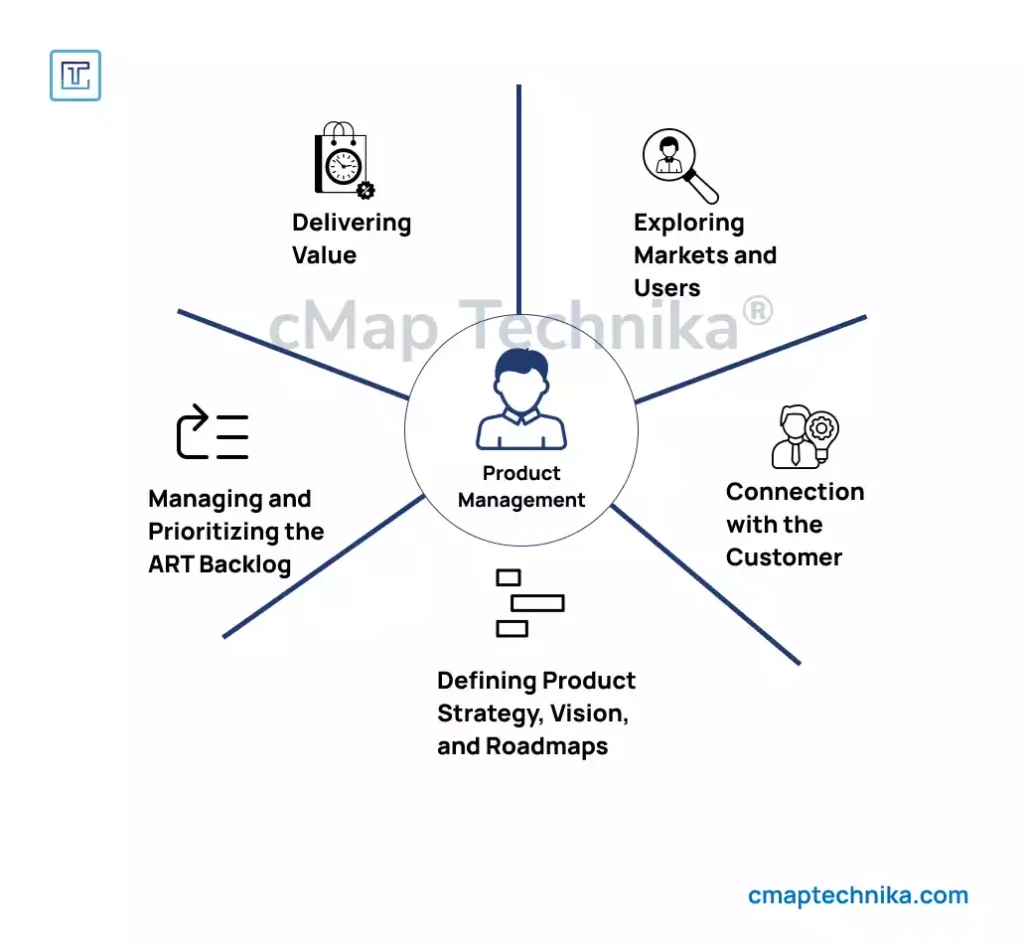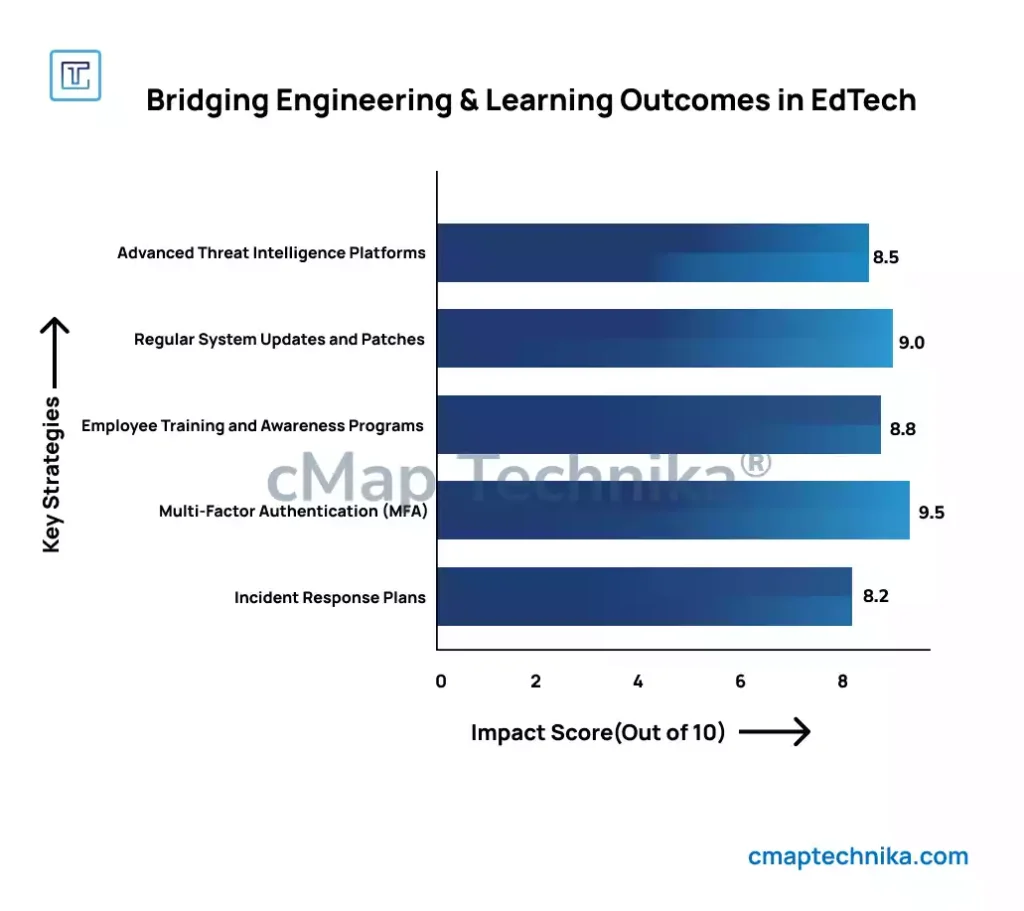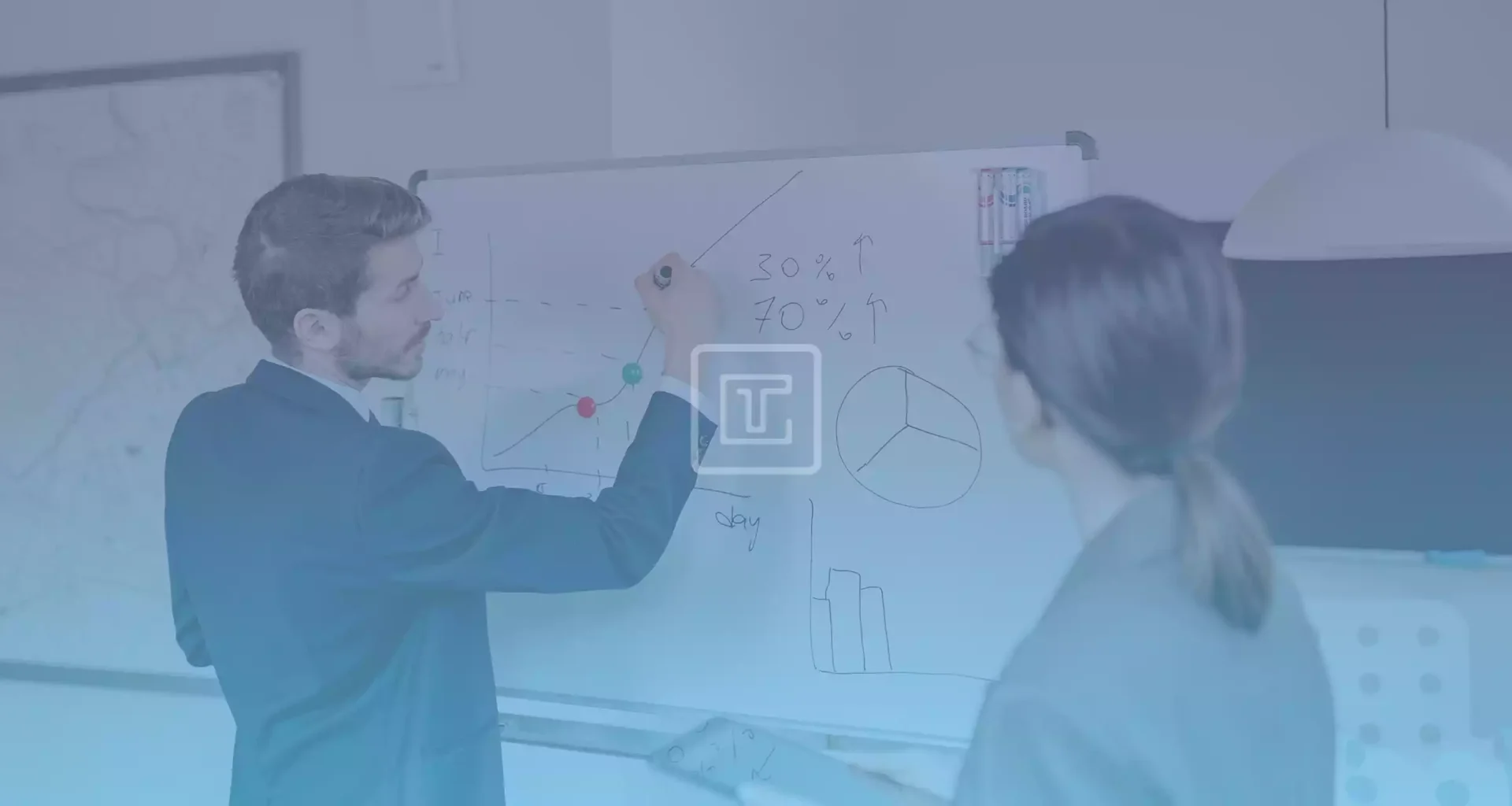Introduction
In the rapidly evolving world of educational technology (EdTech), innovation alone is not enough—products must drive real learning outcomes. Product managers stand at the intersection of technology and education, ensuring that cutting-edge engineering efforts translate into meaningful, measurable improvements in student learning. However, bridging this gap is no simple task.
Engineering teams prioritize scalability, performance, and technical feasibility, while educators and learners seek engagement, accessibility, and efficacy. Without a clear strategy, even the most advanced EdTech solutions risk falling short of their intended impact. How can product managers navigate these complexities and create solutions that are both technically robust and pedagogically sound?
This guide explores essential strategies to help product managers align development efforts with educational goals, foster collaboration between engineers and educators, and deliver EdTech products that truly transform learning experiences.
Understanding the Challenge
EdTech products occupy a unique space where technical innovation must seamlessly integrate with pedagogical effectiveness. While developers focus on performance, scalability, and the latest technological advancements, educators and learners prioritize usability, engagement, and tangible learning outcomes. This divergence in priorities often leads to a disconnect—products that are technically sophisticated but lack the educational impact necessary to drive meaningful learning experiences.
The challenge lies in striking a balance: ensuring that cutting-edge features enhance, rather than hinder, the learning process. Without a clear bridge between engineering and pedagogy, even the most advanced EdTech solutions risk becoming underutilized or ineffective. To create truly transformative educational tools, product managers must mediate this gap, aligning technological capabilities with real-world teaching and learning needs.

Key Strategies for Product Managers
1. Define Clear Learning Objectives Early On
A successful EdTech product begins with well-defined, measurable learning objectives. Rather than focusing solely on technological advancements, product managers must ensure that every feature contributes to meaningful educational outcomes.
- Collaborate with Experts – Work closely with educators, instructional designers, and subject matter experts to determine the key competencies and skills the product should enhance.
- Set Measurable Goals – Learning objectives should be specific and trackable. Instead of stating “improve student engagement,” define how much improvement is expected and how it will be measured (e.g., “increase student quiz completion rates by 20%”).
Example: Instead of simply developing an AI-driven tutoring system, define its success through measurable outcomes, such as improving student retention in STEM subjects by a specific percentage.
2. Translate Pedagogical Needs into Technical Requirements
Once learning objectives are set, product managers must ensure that pedagogical goals seamlessly translate into technical specifications. A lack of alignment between education and technology can lead to products that are either ineffective for learners or difficult to implement.
- Develop User Stories with Educational Goals – Define product requirements from an instructional perspective. For example, “As a student, I want to receive personalized practice questions based on my weak areas so I can improve in real-time.”
- Optimize UX/UI for Cognitive Load Management – Intuitive design and seamless navigation reduce cognitive overload, ensuring students can focus on learning rather than struggling with a complex interface.
- Prioritize Accessibility & Inclusivity – Build with diverse learning needs in mind. Features such as screen readers, captions, multilingual support, and adaptive learning pathways ensure equitable access for all students.
Example: If an online coding platform is designed for beginners, the interface should gradually introduce complexity while providing real-time feedback and hints to reinforce learning.
3. Foster Cross-Functional Collaboration
Effective EdTech products require constant collaboration between engineering, design, and education stakeholders. Product managers must act as the bridge, ensuring that technical teams understand pedagogical goals and vice versa.
- Run Regular Design Sprints with Educators & Learners – Engaging educators in the early design process ensures the platform aligns with effective teaching methodologies. Involving students provides insights into usability and engagement.
- Involve Engineers in Pedagogical Discussions – Engineers often focus on performance and scalability but may overlook learning science principles. Introducing them to core educational frameworks helps build a more impactful product.
- Break Down Silos – Frequent feedback loops between developers, designers, and instructional experts help iterate quickly and prevent misalignment.
Example: An AI-powered assessment tool should not just detect incorrect answers but also provide meaningful explanations based on educational best practices, ensuring true learning rather than simple error identification.

4. Leverage Data-Driven Insights
EdTech success is not just about launching a product but continuously refining it based on data. Product managers must implement analytics that track engagement, performance, and learning effectiveness.
- Track Key Metrics – Engagement rates, completion rates, time spent on activities, and quiz scores provide insights into how well students interact with the platform.
- Use A/B Testing for Feature Validation – Test different versions of features (e.g., interactive videos vs. text-based content) to determine what drives better learning outcomes.
- Bridge Technical & Educational KPIs – Traditional product metrics (e.g., page views, retention rates) should align with educational goals (e.g., skill mastery, improved test scores).
Example: If an EdTech platform shows that students who receive personalized quizzes score 30% higher on assessments, scaling this feature can improve overall learning outcomes.
5. Balance Innovation with Pedagogical Soundness
While emerging technologies like AI and AR/VR offer exciting opportunities, they should enhance learning rather than serve as gimmicks. Product managers must ensure that technological advancements are grounded in evidence-based educational strategies.
- Avoid Tech-First Thinking – New technologies should be integrated only if they improve learning outcomes, not just because they are trendy.
- Ensure AI & Automation Align with Proven Methods – AI-driven recommendations should be based on validated learning models rather than arbitrary predictions.
- Focus on Long-Term Educational Impact – Features should be designed for sustainable engagement and knowledge retention rather than short-term interaction boosts.
Example: Instead of merely incorporating AR into a history app for visual appeal, ensure it aligns with immersive storytelling techniques that reinforce contextual understanding.
Case Study: Successful Alignment in EdTech
A leading EdTech firm successfully aligned engineering efforts with learning outcomes by:
- Conducting user research with teachers and students before development.
- Prototyping and iterating based on real classroom feedback.
- Using machine learning not just for personalization but to reinforce spaced repetition techniques, which have a proven impact on retention.

Conclusion
Bridging the gap between engineering and learning outcomes is a complex but essential task for EdTech product managers. By establishing clear learning objectives, fostering interdisciplinary collaboration, leveraging data insights, and prioritizing evidence-based innovation, product teams can build solutions that are both technically robust and educationally effective. In doing so, they ensure that technology serves as a true enabler of learning rather than just a tool for digital transformation.







